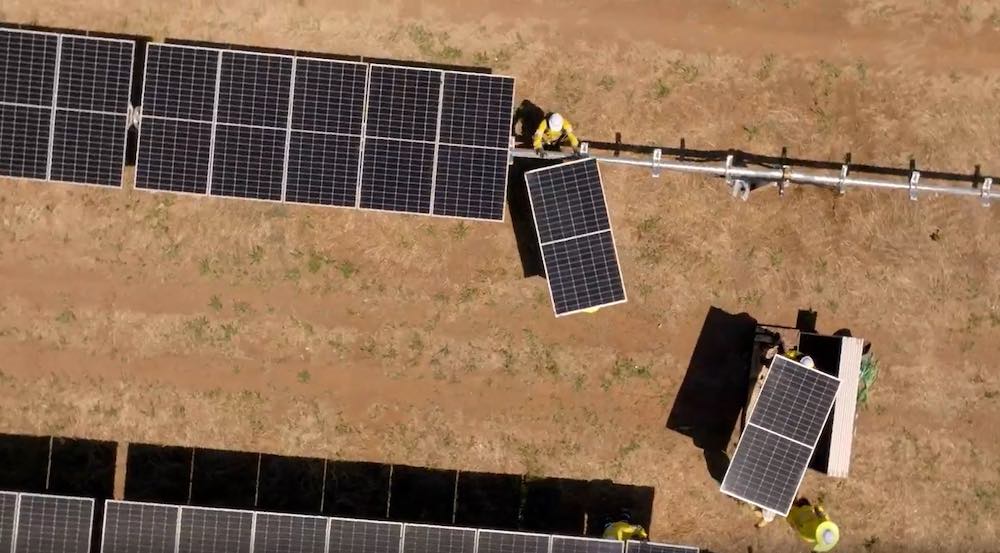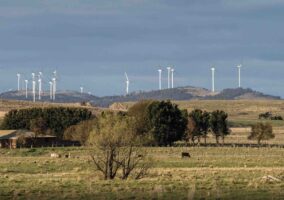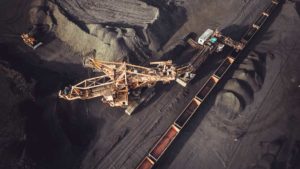Nationally, Australians want to be sure governments support our own businesses and communities to grow and prosper. They also want to know that our community interests are a priority as we decarbonise our economy and transition to net zero.
Building local content requirements (LCR) into project tenders for the expanded Capacity Investment Scheme (CIS), offers local businesses, communities and workers as well as First Nations people, to directly benefit from the fast moving energy transition.
A measured, considered domestic content stipulation in CIS tenders will support domestic clean energy and technology supply chains to mature. It can underpin investor confidence both into and by Australian companies.
It will also contribute to building jobs and a critical skills base for Australia’s energy transition, facilitate social license and prepare Australia for international opportunities as a renewables and cleantech superpower.
Around the world, governments have increasingly included LCRs for firms to mandate domestically-manufactured goods or domestically-supplied services as part of their operations. Their goal is to deliver smart policies that target economic, employment, industrial, First Nations and technological development goals concurrently.
In Australia, there’s a live discussion about including LCR for CIS tenders. A 2023 House of Representatives committee report into advanced manufacturing in Australia – Sovereign, smart, sustainable recommended:
“In partnership with the states and territories, the government should identify further steps it could take to increase locally manufactured content in renewable energy infrastructure and equipment installations, medical and health supplies, and other areas where governments are major customers.”
The Victorian Renewable Energy Target Auction 2 (VRET2) has LCR measures in its solar and onshore wind projects covering operations and maintenance activities, steel products and components. In Queensland, local procurement requirements saw state government investment with Queensland small and medium enterprises increase in 2023 by almost $1 billion with more than $23 billion in procurement investment – a benefit to 38,600 Queensland businesses.
Internationally, similar initiatives range from ~60-100% local content requirement depending on the nature of the work and the project location. The US Inflation Reduction Act (IRA) requires all structural steel in new products to be made in the US. In addition, 40-55% of the cost of manufactured products in solar, battery, and wind installations – including the labour costs required to make them – must pass the “manufactured product” test. BNEF highlights the massive growth in US manufacturing investment and employment that has resulted.
Individual European countries have adopted LCR since 2009, including 16 OECD countries, despite research indicating LCR may have inhibited long-term economic growth. While some countries continue to consider LCR policies due to domestic political agendas, their primary usefulness is geopolitical, i.e. in enhancing a diversification of global supply chains, opening up market options and reducing the reliance on one supplier, now a key global issue in 2024.
In Australia, the degree or percentage of LCR components needs to be in what’s known as a “Goldilocks zone” – not so much that it distorts the market cost but enough to achieve a local benefit outcome. We would need lead times so companies and economies can adjust operations to accommodate the requirements and source workers and suppliers.
Take welding, for example. It’s a workforce and skill set that has been in decline for years due to dismantling of vocational education and training (VET) and severely limited opportunities as industries moved offshore. Recent estimates are that Australia will be 70,000 welders short by 2030 yet it is a vital skill set for manufacturing.
Including the work of welders as local content in a project could make a huge difference in regional communities and economies, building social license. Local welding and manufacturing companies will then be assured of sufficient orders to invest in the workforce, plant and equipment to sustain high quality, cost effective renewable energy assets. With long-term demand a reality, local manufacturers – like Oxycut who are world leaders in building wind tower anchors – will have the confidence to improve production efficiencies and global competitiveness.
The opportunity to re-industrialise our country and turn Australia into a “renewable superpower”, can happen if local procurement and fair labour requirements are attached to landmark policies such as Minister Bowen’s powerful CIS. These requirements will ensure a renewable revolution that is made in Australia, that creates good jobs, and lifts up Australian communities. The Australian transition must be supported by fair employment standards, secure working conditions, opportunities to train apprentices, and certified industrial arrangements will ensure success.
The CIS is also regarded as a valuable opportunity to embed First Nations communities interests in new project development. Experience in other countries, such as Canada, has demonstrated that First Nations consent, participation, inclusion, ownership and equity can safeguard projects – they’re just better, with greater certainty, reduced risk and increased shareholder value resulting in clean, reliable, renewable energy that sustains Country for generations to come. The inclusion of First Nations outcomes in the merit criterion of CIS bids for SA and Victorian projects were welcomed by First Nations leaders, saying that these are the kinds of changes we need to see more and more.
Legislating to make at home could also have national security benefits. CIS tenders can offer ways to build capacity and resilience across all three tiers of government – local, state and federal. Engagement across the tiers leads to improved working relationships, cross sectoral communication and a shared understanding of what is possible especially for emergency responses when coordination of resources is vital. Being prepared to face future risks because we know what can be done onshore, and how we can pivot, builds confidence around what Australia can do in all situations.
Ultimately, the cost of including local content requirements in the CIS would be negligible. The wholesale price of electricity generated by the projects might rise by a couple of percent, translating to less than 1% delivered cost to retail consumers.
But the potential to illustrate a commitment to developing Australian companies, creating Australian jobs and offering opportunities for local communities is significant. It would ease the pathway to social license and have benefits for local supply chains. Any slight cost increase would be more than offset by the avoided costs of approval delays.
We know that building community acceptance of the transition, particularly in regional areas, is critical, reducing the risks and costs.
Australia needs to accelerate the transition, not delay it, by bringing local communities along, with local content requirements that can show them the incredible benefits they gain in taking part.
Authors: Steve Murphy, national secretary Australian Manufacturing Workers Union; Geoff Crittenden, CEO Weld Australia; Tim Buckley, director Climate Energy Finance; Karrina Nolan, First Nations Clean Energy Network; Blair Palese, founder Climate Capital Forum; John Blackburn, Australian Security Leaders Climate Group; John Grimes, CEO Smart Energy Council.








